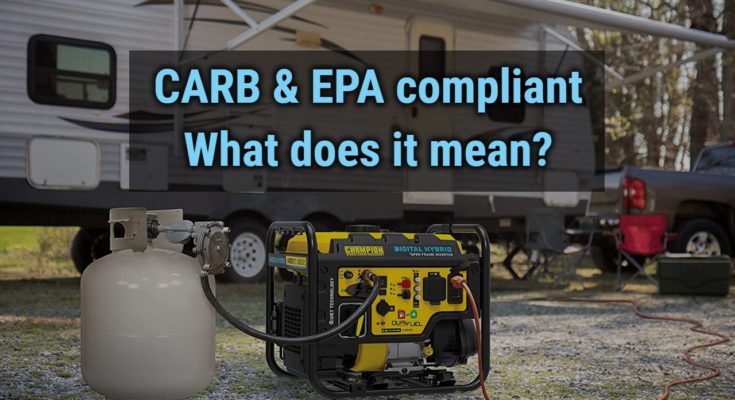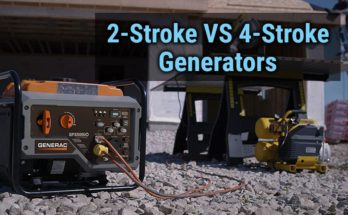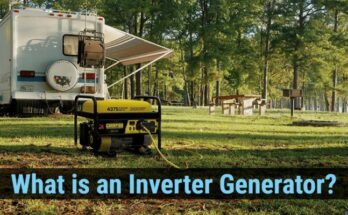In the search for the best generator, it is very likely that you may have come across the terms EPA and CARB, so what do these terms mean? They seem closely related, but how do they differ from each other? In this article, we will discuss all the things.
As you know, due to global warming, the rising temperature of the earth is real and the main reason for greenhouse gases. The central source of them is the burning of fossil fuel in the engine and coal power plants. These toxic gases are also harmful to the health of people.
So, it becomes important to keep the exhaust in check and regulate how much toxins any generator or vehicle is emitting into the environment.
For that purpose, only the EPA and CARB agencies are created. They define some regulating terms to reduce the air pollution which all the engines need to meet to be available for sale in the market.
Table of Contents
What Does CARB Compliant Mean?
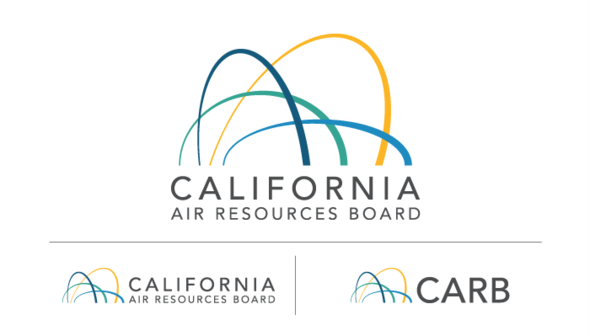
As discussed, the CARB is the regulatory body in the state of California that sets the standards for air pollution. If we talk about the generator, for them, the CARB compliant means that the generator follows all the rules set by the CARB.
It is a well-known fact that the standards set by this regulatory body will be more strict. This means the generator will be less harmful to the environment as it will exhaust fewer pollutants. These generators will run much smoother, quieter, and cleaner than the one which is non-carb compliant.
In the states who follow the CARB standards, you can’t sell or buy the non-carb compliant generators. Also, it is not that the generators which are CARB compliant don’t emit harmful exhaust; in fact, they do but in very less quantity.
How California Air Resources Board (CARB) Came Into Existence?
During the year 1943, there was very dense smog all over the city of Los Angeles. They concluded that the reason for the smog was due to the industry, even though when the industry stopped working, the smog persisted.
So, the situation remained the same, and this resulted in the creation of the Los Angeles County Air Pollution District to monitor the pollution.
It wasn’t established that the main reason for the pollution was the exhaust of vehicle engines until the 50s, the research done by Caltech shed light on it. This led to the creation of another agency, named the Bureau of Air Sanitation.
It was the year 1967 when Governor Ronald Reagan signed the “Mulford-Carrell Act”; this document was about the merger of the Bureau of Air Sanitation and the California Motor Vehicle Pollution Control Board. The function of which was to monitor the pollution resulted due to vehicles. This regulatory body is known as the California Air Resources Board (CARB).
Then, 3 years after the CARB was created, the federal government passed the law known as the Federal Clean Air Act in the year 1970, it was to set the proper standards for emissions. The law acknowledged the autonomy of CARB because of its effect on the quality of the air and the physical characteristics of the state.
The base reason behind the creation of the CARB was to reduce the smog intensity in the state of California. And to aid the cause, the federal air quality act allowed the agency to make their regulations more strict than that of an EPA.
CARB is the government agency in the state of California that can set the regulations related to vehicle exhaust and air pollution, and it is the one and the only state which has this kind of regulatory body.
Other states have an option to follow the CARB standards or the EPA standards. 11 states of the US follow the CARB standards. CARB standards will be more strict than any other regulators.
Environmental Protection Agency (EPA)
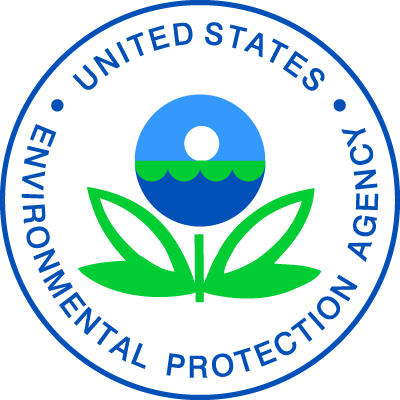
Same as the CARB, the EPA also regulates air pollutants. It sets the standards which need to be met by all the engines and vehicles to be able to sell them in the US market. These standards are set to improve public health; the automobiles and engines that meet the standards can be put on the market in any state except California.
The Environmental Protection Agency was established in the year 1970, and its main duties were to monitor and control the production, distribution, and use of chemicals and other sources of pollution. But, in recent years, they have started regulating the exhaust from the power generation plants and the factories along with the automobile, engines, and other sources as well.
They ensure better air quality to reduce the damage to the environment. They make sure that any new product, before it reaches the market, satisfactorily meets all the standards set by the EPA. If it does, then the EPA body certifies it as an EPA compliant.
Differences between CARB and EPA
There is not much difference between them; both the regulatory bodies ensure that the air pollution sources are properly analyzed, and if it complies with certain rules, then only they are to be allowed to sell the product in the market.
The major difference is the strictness of their rules, the rules set by the CARB are more stringent than the EPA regulations, which means if the generator is CARB compliant, then it will be easier on the environment.
The generators which are CARB compliant will be made out of better quality components to meet the standards, and that’s why most people prefer the CARB compliant generators. In the state of California, a certificate from the CARB is necessary, while in other states, the product will need to have the certificate from the EPA or CARB.
The Importance of CARB and EPA
It is important that the generator and other sources of air pollution comply with the rules set by the CARB and EPA regulatory bodies, and the reasons for that are several.
The first is that you will get a much more robust, reliable, and durable generator that will last for years. This is because to meet the standard of CARB, and the components used to produce the generator will be of the finest quality. The generator will consume less fuel and will be much quieter than non-CARB-compliant engines.
Another reason is the health of you and your family. The generators which are designed to meet the regulations set by the EPA and CARB will exhaust the minimum toxins, so the air around you will be a bit better.
If you are using a generator that is not CARB compliant in California or if you are using the one in other states which don’t meet the EPA standard, then you will have to pay the fine.
Final Thoughts
The exhaust from the generators is harmful to you, your family, and the environment. To keep it to a minimum level, those regulatory agencies have defined their regulations. All the generators should meet them.
If you are about to buy the new generator, then make sure that the generator is EPA and CARB compliant, and if you live in California, then you will need to buy the one which copies with the CARB standards. Also note that the solar generators do not produce any fumes or harmufl gases because it does not include any engine. Hence, they are very eco-friendly and quiet too.
Related Articles:
Single Phase Vs Three Phase Generators | All You Need to Know
What is a Generator Power Line Conditioner? | Explained
What is the Difference Between Alternator and Generator?
How to Connect a Generator to a House Without Transfer Switch

